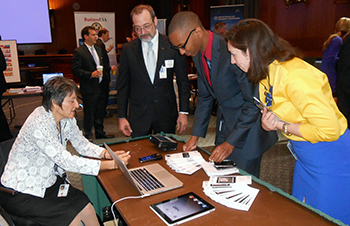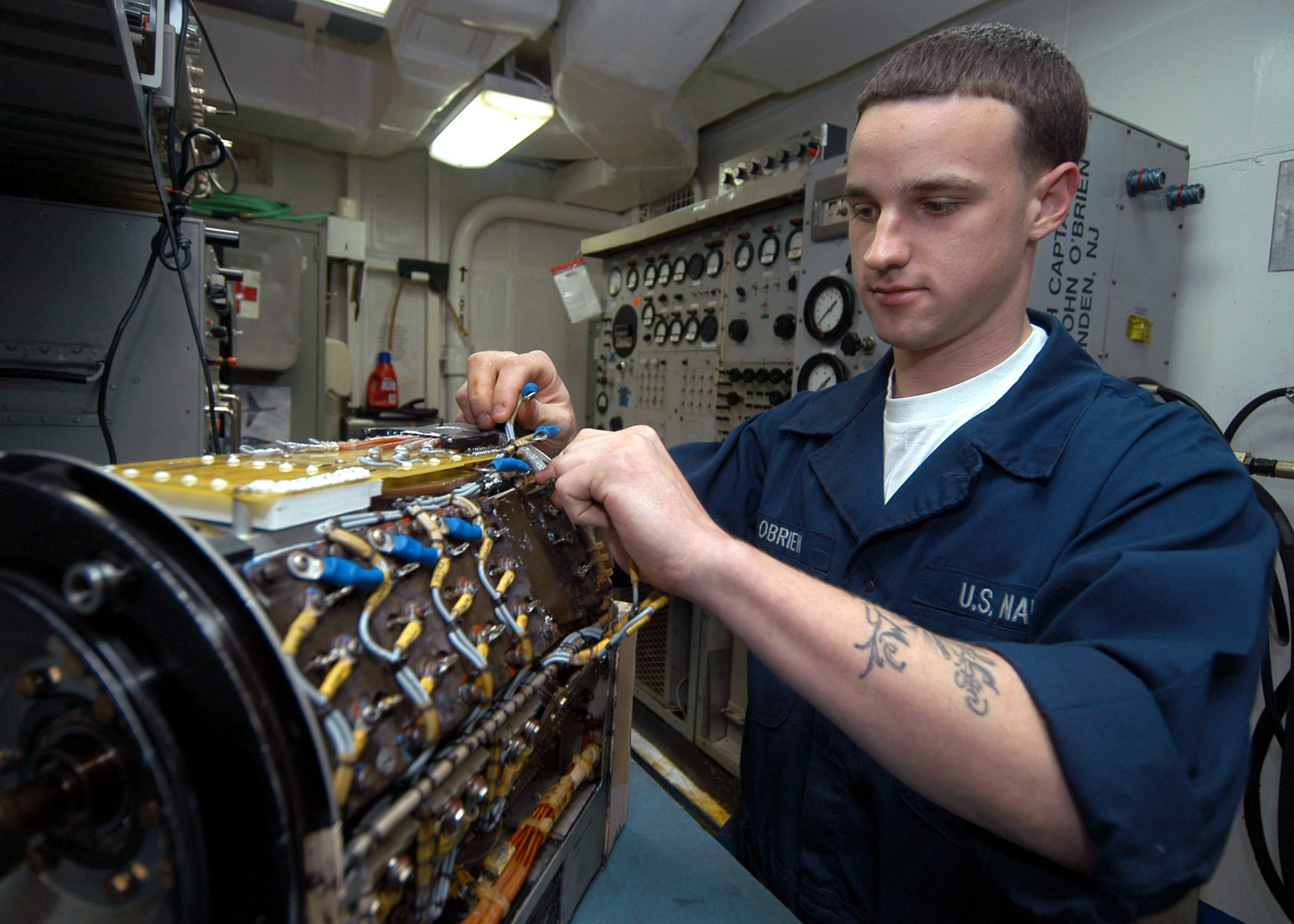When it comes to creating a comfortable and inviting environment in your church, lighting plays a critical role. Proper church lighting can greatly enhance the ambiance and help to create the right mood for different occasions. Whether you’re planning a big event or looking for everyday lighting solutions, it’s important to understand the key factors that go into choosing the right lighting.
Before diving into the details, let’s discuss why church lighting is so important. It goes beyond aesthetics – lighting can improve safety and enhance the overall worship experience. Poor lighting can create a dull and uninspiring atmosphere which can make it difficult for individuals to focus, engage in activities, and interact with others. Additionally, inadequate lighting can create shadows and glare, which can cause safety issues, especially for elderly members.
When it comes to selecting the right lighting, your church’s overall style and architecture should be taken into consideration. Different lighting styles can complement various architectural designs. For example, a traditional church may benefit from chandeliers or sconces, whereas a modern church might use LED lights or pendant fixtures.
It is also important to think about the intended use of the space and the lighting requirements for different areas. In the sanctuary, soft and dim lighting may be preferable, whereas bright lighting is needed in the lobby or hallways. When choosing lighting for your church, here are some points to consider:
Brightness – The brightness of the lighting is one of the most crucial factors to consider. Too bright lighting can be harsh on the eyes and make it challenging for attendees to concentrate, whereas too dim lighting can create shadows and dreary atmosphere. It is essential to choose a brightness level that strikes a balance between safety, visibility, and mood.
Color Temperature – Color temperature refers to the tone of the light and its warmth or coolness. It is typically measured in Kelvin K. Lower Kelvin numbers produce a warmer and more inviting light, while higher Kelvin numbers appear cooler and more sterile. For a church, warm lighting can create a friendly and welcoming atmosphere.
Energy Efficiency – Choosing energy-efficient lighting not only reduces your church’s carbon footprint but also saves on energy bills in the long run. LED lighting is one of the most energy-efficient options available and can last up to 25 times longer than traditional incandescent bulbs.
Maintenance – It’s essential to choose lighting that is easy to maintain and long-lasting. Think about the accessibility of the fixtures and how easy it will be to replace bulbs when required.
A few specifics on lighting in different areas of the church:
Sanctuary – A warm and natural ambiance is ideal for the sanctuary. Soft lighting or color-changing LED lights can create a calming environment. Be sure to avoid harsh fluorescent lighting that can distract and detract from the worship experience.
Hallways and Entrance – Brightness is key in hallways and entrances to ensure the safety of church-goers. Additionally, well-lit pathways make it easy for attendees to navigate through the church premises.
Foyer and Welcome Area – Consider soft and welcoming lighting options such as lamps or recessed lighting in this area. Warm lighting fixtures can make the lobby area feel more inviting, encouraging visitors to spend time socializing and getting to know others.
Finding the right church lighting requires careful consideration and attention to detail. It should be warm, inviting, and provide a safe atmosphere for the congregation. Take into consideration the ambiance you would like to create and make your selections based on that. By choosing the right church lighting, you can enhance the entire worship experience for you and your congregation.




